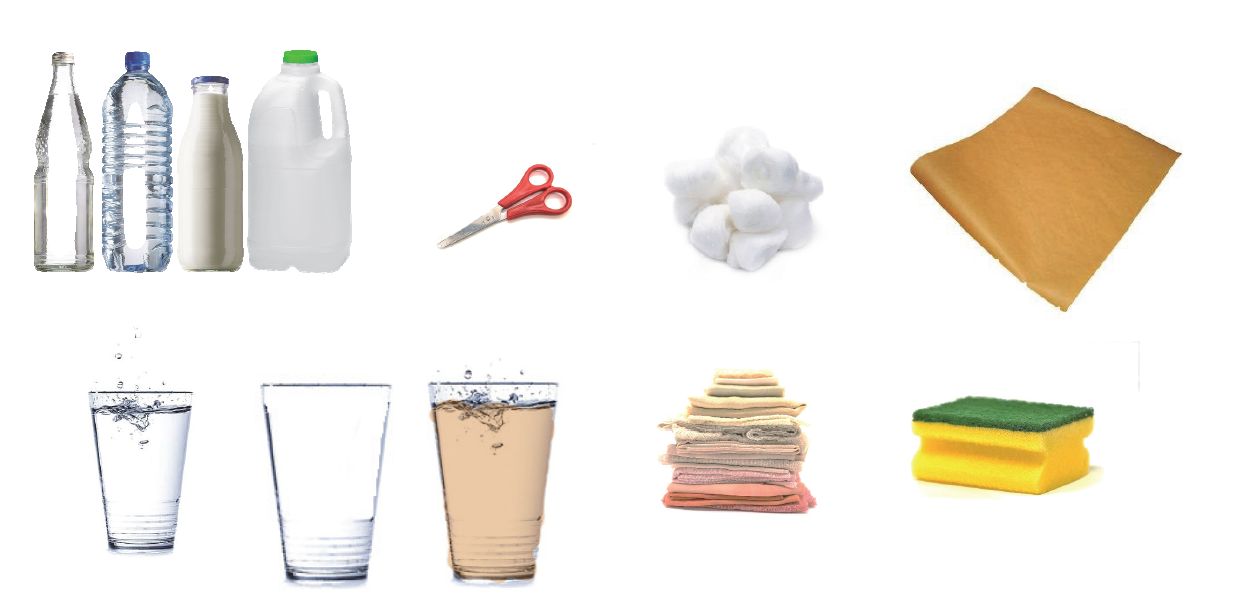Filter funnel engineering
ECG Bulletin January 2021
Design and test your own filtration materials to clean a sample of dirty water. Compare your work to clean and dirty samples, just like environmental scientists do.
Filtering water to make it clean enough for drinking is important work for environmental chemists. Good filters must remove particulate matter (visible bits of dirt), discolouration (dissolved materials) and even some invisible contaminants, like bacteria. Sometimes one filter just won’t do, and several materials have to be used in series.
You’ll need
Large plastic bottle
Scissors
Clean and dirty water
Empty cup
Filtering water to make it clean enough for drinking is important work for environmental chemists. Good filters must remove particulate matter (visible bits of dirt), discolouration (dissolved materials) and even some invisible contaminants, like bacteria. Sometimes one filter just won’t do, and several materials have to be used in series.
You’ll need
Large plastic bottle
Scissors
Clean and dirty water
Empty cup
Instructions
Challenge
Experiment with different materials in different orders to design your own filter. How clean can you get the water?
Try
Cotton wool balls, baking paper, cloths, sponges … and anything else you can think of!
- Cut the top ~5 cm off the plastic bottle and remove the lid to make a filter funnel.
- Balance your filter funnel in an empty cup.
- Stuff with a filter material (e.g. Cotton wool balls,).
- Pour in the dirty water, collecting the filtered water in the cup below, saving a little dirty water for comparison.
- Compare your filtered water to your original dirty water and some clean tap water.
- Please don’t drink the filtered water. It may still contain invisible contaminants!
Challenge
Experiment with different materials in different orders to design your own filter. How clean can you get the water?
Try
Cotton wool balls, baking paper, cloths, sponges … and anything else you can think of!
| filter_funnel_engineering.pdf |


